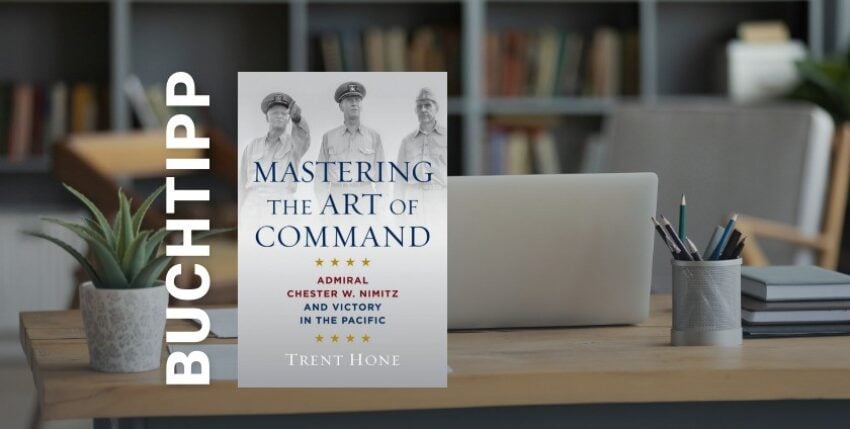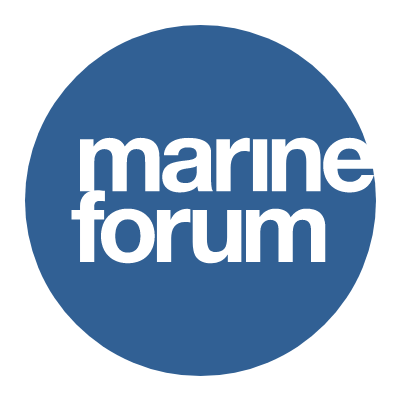Trent Hone: Mastering the Art of Command. Admiral Chester W. Nimitz and Victory in the Pacific, Naval Institute Press 2022
Trent Hone, who already caused a stir with his book "Learning War. The Evolution of Fighting Doctrine in the U.S. Navy, 1898-1945" caused a sensation, has topped this with this book about Admiral Nimitz. Here it becomes clear why Nimitz, with his strategic thinking, his willingness to take risks in the fight against the Imperial Japanese fleet after their attack on Pearl Harbor, his fundamental understanding of the importance of logistics, his targeted selection of personnel for battle groups based on his experience as a personnel leader in the 1930s, his direct exchange of experience between battle groups on tactics used against the Imperial Navy and ultimately his political intuition, was able to quickly turn the tide against Japan, seize the initiative and retain it until the end of the war.
Hone describes in detail how Nimitz was able to win naval battles such as Midway, Guadalcanal, the Marshall Islands, the Philippines, Iwo Jima and Okinawa. Ultimately, this was only possible due to his leadership behaviour, his use of modern management theories and command by order, which gave the fleet commanders and their staffs sufficient freedom to make decisions on the ground.
Tactical, operational and strategic thinking were combined in Nimitz like hardly any other leader of naval forces. This was complemented by an understanding of new weapon systems (aircraft carriers, battleships with radar, submarines) and their targeted use on different sections of the front with the increase in performance through the use of new technologies such as radar, sonar or even ammunition with proximity fuses in the air defence of Japanese aircraft.
In a summary, Hone recalls a thesis paper by Nimitz from his time at the Naval War College in 1923, in which Nimitz developed four unchanging principles for a naval war: "Employing the utmost energy, concentrate superior strength at the decisive point, avoid loss of time, follow up every advantage." These principles can be followed throughout the entire Pacific War. Constant reorientation and the development and implementation of options are part of Nimitz's thoughts and actions. Hone illustrates this with terms such as "Collaborative Sensemaking, Decentralised Execution, Organizational Unfolding, Continual Reorientation, Relentless Pursuit of Options and Strategic Artistry".
Heinz Dieter Jopp










